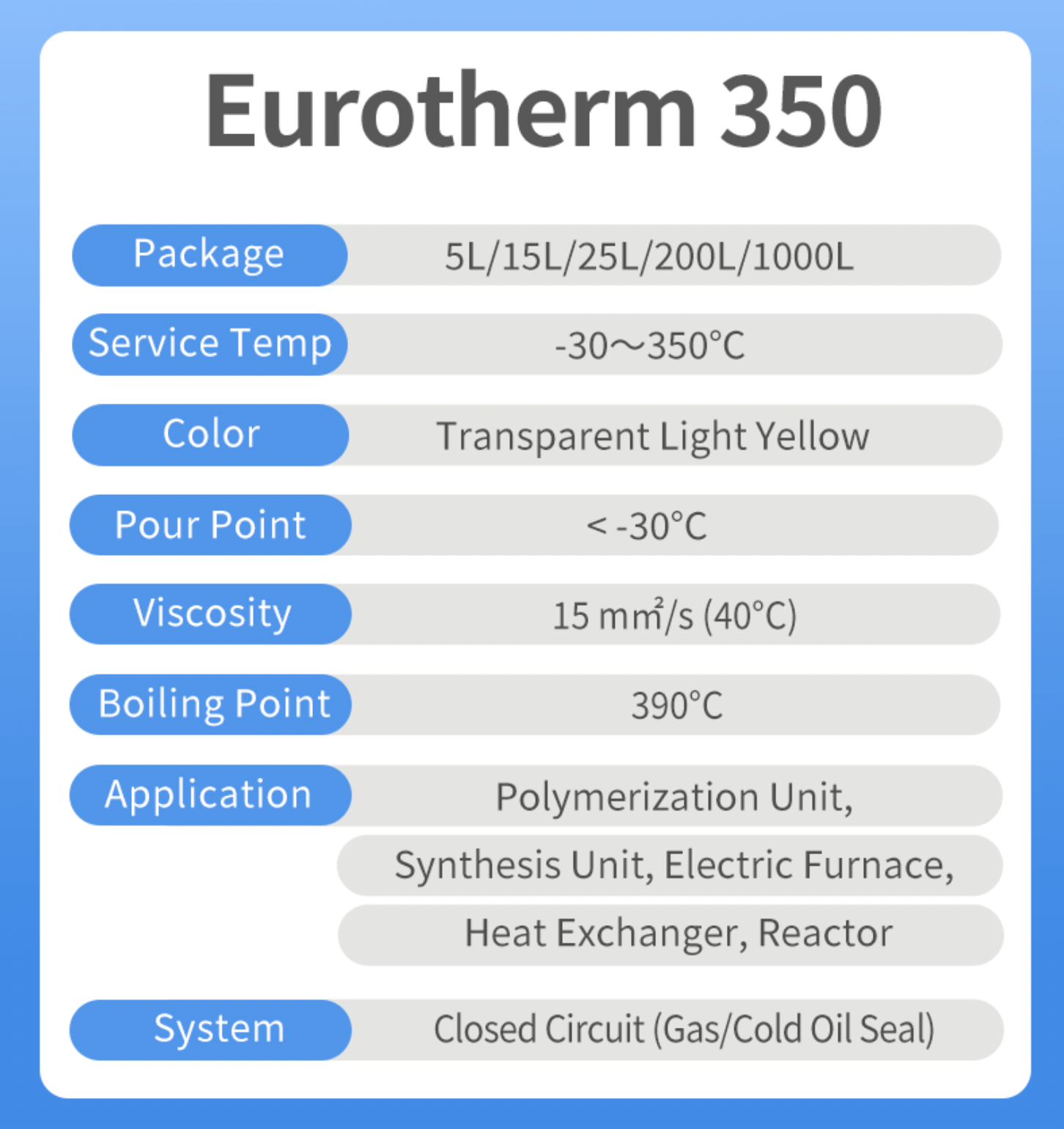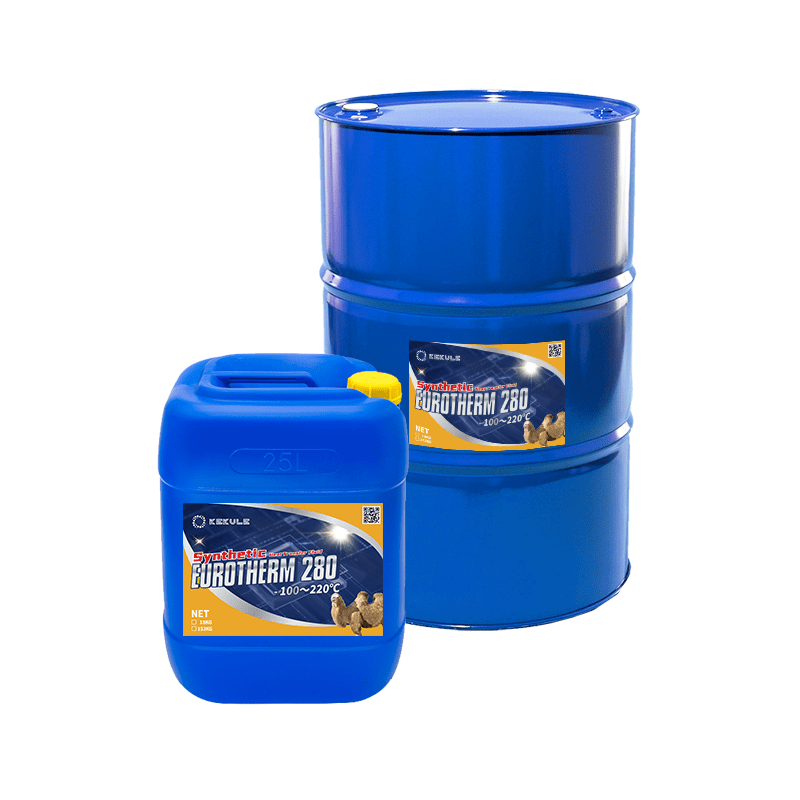Getting The Chemie To Work
Getting The Chemie To Work
Blog Article
A Biased View of Chemie
Table of ContentsA Biased View of ChemieNot known Factual Statements About Chemie The Chemie IdeasAn Unbiased View of ChemieHow Chemie can Save You Time, Stress, and Money.The Basic Principles Of Chemie
By Bojanna Shantheyanda, Sreya Dutta, Kevin Coscia and David SchiemerDynalene, Inc. Fluid cooling, which can be attained utilizing indirect or direct means, is utilized in electronics applications having thermal power densities that may go beyond safe dissipation via air cooling. Indirect fluid cooling is where warmth dissipating digital elements are literally separated from the liquid coolant, whereas in instance of direct cooling, the parts are in direct call with the coolant.In indirect cooling applications the electric conductivity can be essential if there are leakages and/or splilling of the fluids onto the electronics. In the indirect air conditioning applications where water based liquids with corrosion preventions are usually utilized, the electric conductivity of the liquid coolant generally relies on the ion focus in the fluid stream.
The increase in the ion focus in a closed loop liquid stream might happen as a result of ion seeping from steels and nonmetal elements that the coolant liquid is in call with. Throughout operation, the electrical conductivity of the fluid might boost to a level which could be hazardous for the cooling system.
The Ultimate Guide To Chemie
(https://issuu.com/chemie999)They are bead like polymers that are capable of exchanging ions with ions in a service that it touches with. In the here and now job, ion leaching examinations were performed with various metals and polymers in both ultrapure deionized (DI) water, i.e. water which is treated to the highest levels of purity, and low electrical conductive ethylene glycol/water mix, with the gauged adjustment in conductivity reported with time.
The examples were allowed to equilibrate at space temperature level for 2 days before tape-recording the first electrical conductivity. In all examinations reported in this research study liquid electrical conductivity was gauged to an accuracy of 1% making use of an Oakton CON 510/CON 6 collection meter which was adjusted prior to each measurement.
The Ultimate Guide To Chemie
from the wall surface home heating coils to the center of the heater. The PTFE sample containers were positioned in the heating system when consistent state temperature levels were gotten to. The examination arrangement was removed from the heater every 168 hours (7 days), cooled to area temperature level with the electric conductivity of the fluid gauged.
The electrical conductivity of the fluid example was kept an eye on for a total of 5000 hours (208 days). Schematic of the indirect closed loophole cooling experiment set up. Components made use of in the indirect shut loop cooling down experiment that are in call with the liquid coolant.

The Definitive Guide to Chemie
The modification in liquid electric conductivity was kept an eye on for 136 hours. The fluid from the system was accumulated and stored.

0.1 g of Dowex resin was included in 100g of fluid samples that was taken in a separate container. The mix was mixed and transform in the electrical conductivity at area temperature level was measured every hour. The measured change in the electrical conductivity of the UP-H2O and EG-LC test fluids including polymer or metal when engaged for 5,000 hours at 80C is revealed Number 3.
What Does Chemie Do?
Ion seeping experiment: Calculated adjustment in electrical conductivity of water and EG-LC coolants having either polymer or steel samples when submersed for 5,000 hours at 80C. The results suggest that metals added less ions right into the liquids than plastics in both UP-H2O and EG-LC based coolants.
Fluids consisting of polypropylene and HDPE displayed the most affordable electric conductivity changes. This might be because of the brief, stiff, direct chains which are less most likely to add ions than longer branched chains with weaker intermolecular forces. Silicone additionally performed well in both examination liquids, as polysiloxanes are usually chemically inert because of the high bond energy of the silicon-oxygen bond which would certainly stop destruction of the product right into the fluid.
The 6-Minute Rule for Chemie
It would be expected that PVC would create similar results to those of PTFE and HDPE based on the similar chemical frameworks of the products, nonetheless there might be various other contaminations existing in the PVC, such as plasticizers, that might influence the electric conductivity of the liquid - silicone fluid. Additionally, chloride teams in PVC can likewise leach into the test liquid and can cause an increase in electrical conductivity
Buna-N rubber and polyurethane revealed indicators of destruction and thermal decomposition which suggests that their possible energy as a gasket or adhesive material at greater temperatures might cause application concerns. Polyurethane completely disintegrated into the examination liquid by the end of 5000 hour test. Number 4. Prior to and after photos of steel and polymer examples submersed for 5,000 hours at 80C in the ion leaching experiment.
Calculated change in the electric conductivity of UP-H2O coolant as a feature of time with and without material cartridge in the closed indirect air conditioning loophole experiment. The determined change in electric conductivity of the UP-H2O for 136 hours with and without ion exchange resin in the loophole is received Number 5.
Report this page